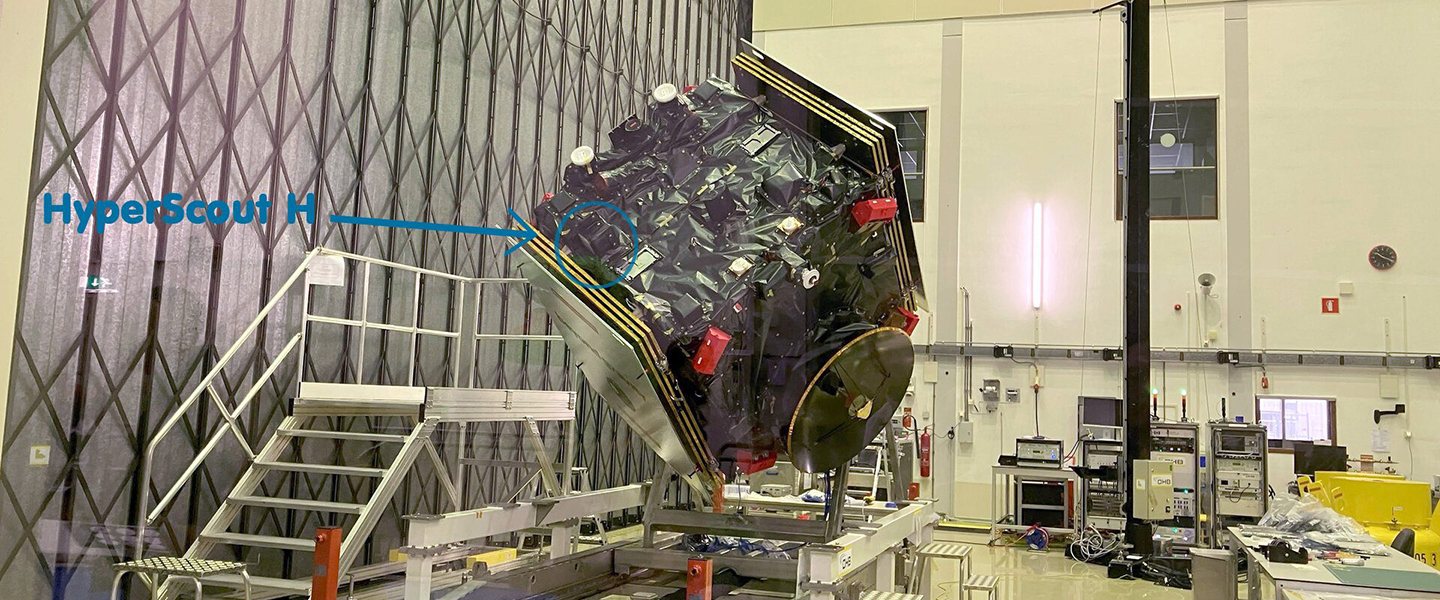Japanese scientists have discovered how a parasitic worm can “take over” its host, the praying mantis, so that the worm itself can complete its life cycle in water. To this end, the worm appears to have integrated an entire set of genes from its host into its own DNA, a phenomenon known in evolutionary biology as “horizontal gene transfer.” This gives the worm the keys to controlling the behavior of the host in which it lives. Researchers reported their findings This week in the scientific journal Current biology.
Horsehair worms are slender aquatic worms that grow from a larva and cyst into an adult worm as a parasite of insects or crustaceans. Crickets, grasshoppers, and praying mantises often serve as definitive hosts for the worm. When the worm reaches adulthood, it prompts its host to engage in bizarre jumping behavior, which often results in the insect landing in the water. Once this happens, the long worm crawls out of its victim to live freely in the water in search of a mating partner and produces a new generation of worms.
Very dangerous
two years ago It was discovered by the same group of Japanese biologists Led by Takuya Sato of Kobe University, praying mantises infected with adult worms are attracted to horizontally polarized light, such as light reflected from the surface of water in the sun. This explains why infected insects often go into the water, which threatens their lives due to fishing, while it is only beneficial for their parasites. Somehow, the worm drives the mantis crazy.
In their new publication, the Japanese found an indication of how the worm does this, namely through genes obtained by deception. Genetic analysis showed that the horsehair worm (Fukui chords(It inherited up to 1,400 genes from its definitive host, the praying mantis)Tenodera angustipennis). This is one of the largest horizontal gene transfers biologists have ever observed. Given the very high similarity in the nucleotide sequences of these genes (with 1,342 genes, the similarity between a worm and a grasshopper is more than 94.5 percent), this gene capture must have occurred recently from an evolutionary perspective.
Things got interesting when the Japanese began studying the activity of these stolen genes during different stages of the worm’s life. During the phase in which the worm was manipulating its host’s behavior, many of these genes suddenly appeared to be noticeably active. This may also include genes that encourage the host to be attracted to the reflection of light on the water. They identify at least two candidates for this purpose. But whether this actually works or not will have to be proven in a subsequent experiment.

“Total coffee specialist. Hardcore reader. Incurable music scholar. Web guru. Freelance troublemaker. Problem solver. Travel trailblazer.”






/s3/static.nrc.nl/images/gn4/stripped/data107104446-e01b38.jpg)
More Stories
Crash testing in space has a Dutch touch – Dutch cowboys
Cheap materials help convert carbon dioxide into a useful raw material
A Dutch touch for space crash testing